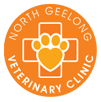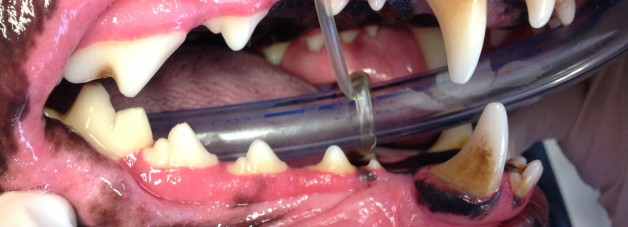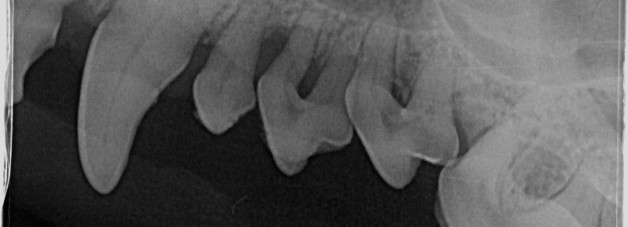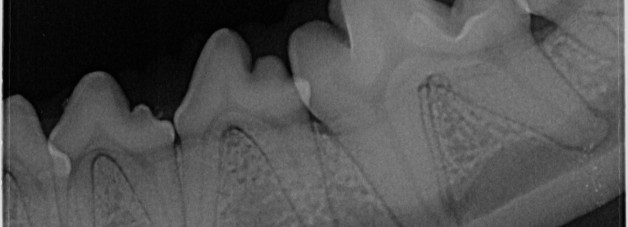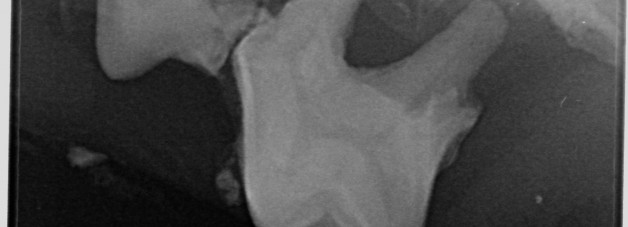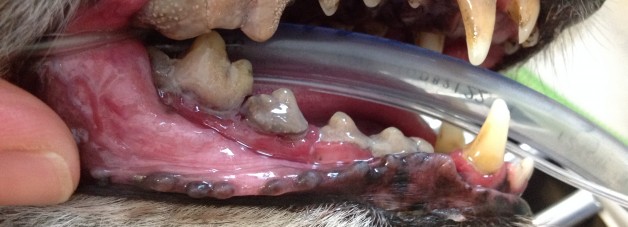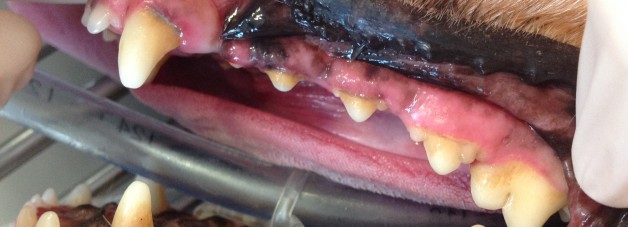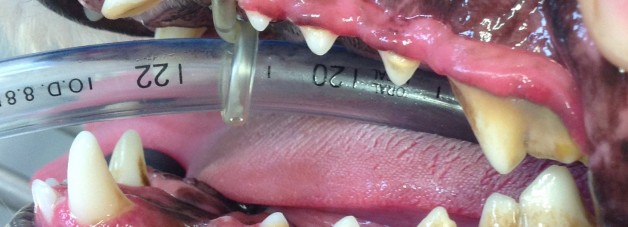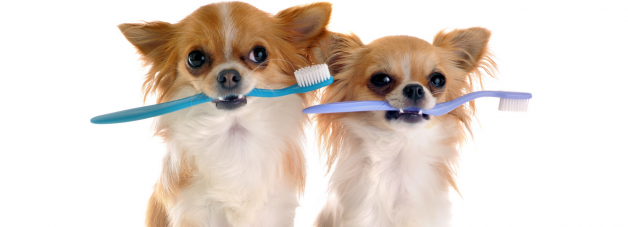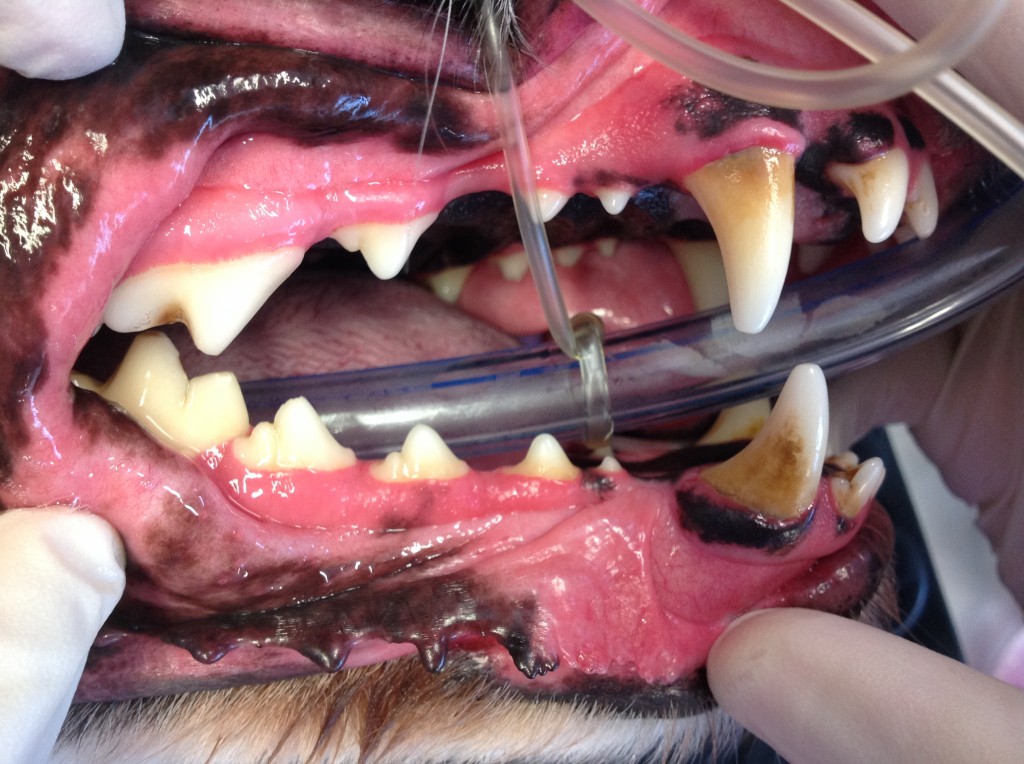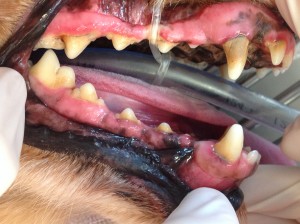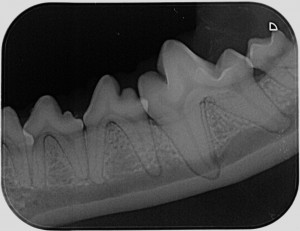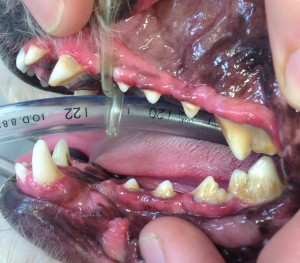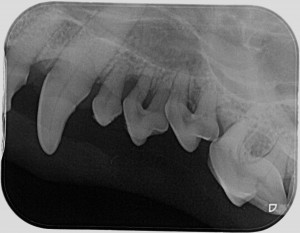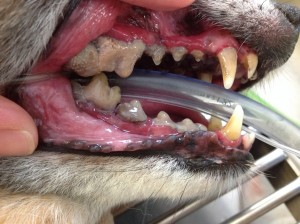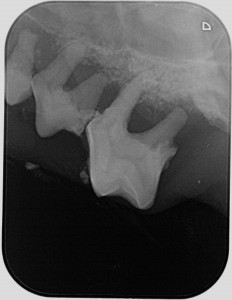Dental Month is here again! 10% off.
- Bryan Benshoof
- Jul 31, 2017
- 0 Comments
Book your pet in for a FREE dental check during August and get 10% OFF all dental procedures.
During a dental check the vet will examine your pet’s mouth to assess for:
- the degree of tartar present (tartar is hardened bacterial sludge)
- the degree of gingivitis (gum infection and inflammation)
- loose or fractured teeth
- teeth with holes or resorptive lesions
- any other mouth problems such as ulcers from misaligned teeth or mouth tumors
Periodontal disease is typically graded from 1 to 4 as follows:
GRADE 1
Grade 1 teeth are starting to accumulate tartar but this has not yet caused gingivitis or bone infection. This is actually the BEST TIME to have your pet’s teeth cleaned as it prevents progression of infection and stops irreversible damage to the gums and bone surrounding the teeth.
Treatment simply involves scaling the tartar off and polishing the teeth. This is similar to what people have done in the dentist’s chair but is performed under general anaesthetic for your pet.
GRADE 2
Tartar is more extensive, reaching the gum line and causing gingivitis and bone infection.
Treatment includes full mouth dental x-rays to assess the extent of bone loss around teeth and determine whether a particular tooth is beyond saving. Tartar is then scaled off the teeth and from under the gum line and the teeth are polished.
GRADE 3
Extensive bacterial infection has led to significant bone loss around some teeth such that the roots of these teeth have become exposed. Teeth roots are not covered in the shiny, slippery enamel that teeth crowns are. Even if they are cleaned they readily accumulate tartar again and the cycle of infection, destruction and pain continues. Teeth with exposed roots are therefore best removed.
Treatment again involves full mouth dental x-rays to determine which teeth need to be extracted. Local anaesthetic nerve blocks are performed prior to any extractions so that your pet is completely comfortable when they wake up from general anaesthetic. Premolars and molars often need to be cut into their separate roots before they can be successfully removed. After tooth removal the gums are stitched together with dissolvable sutures and all remaining teeth are cleaned and polished. Your pet will go home with antibiotic and pain relief medications.
GRADE 4
Severe infection and bone destruction has led to a loss of the support structures around many teeth. Some teeth may be loose or even “floating” in the gums.
Treatment involves full mouth dental x-rays to guide extractions and local anaesthetic nerve blocks are performed prior to extractions to prevent any pain during recovery from general anaesthetic. All loose or rotten teeth as well as those with irreversibly exposed roots are removed and gums are closed with dissolvable stitches. It is not uncommon for us to remove 8 to 10 teeth in these cases! Remaining teeth are of course cleaned and polished and your pet will go home with antibiotics and pain relief.
REMEMBER: gingivitis and bone infection are PAINFUL not to mention SMELLY. In addition, bacteria from the mouth can also enter the blood stream where they can damage the heart, liver and kidneys.
So please book in for a FREE dental check today.
